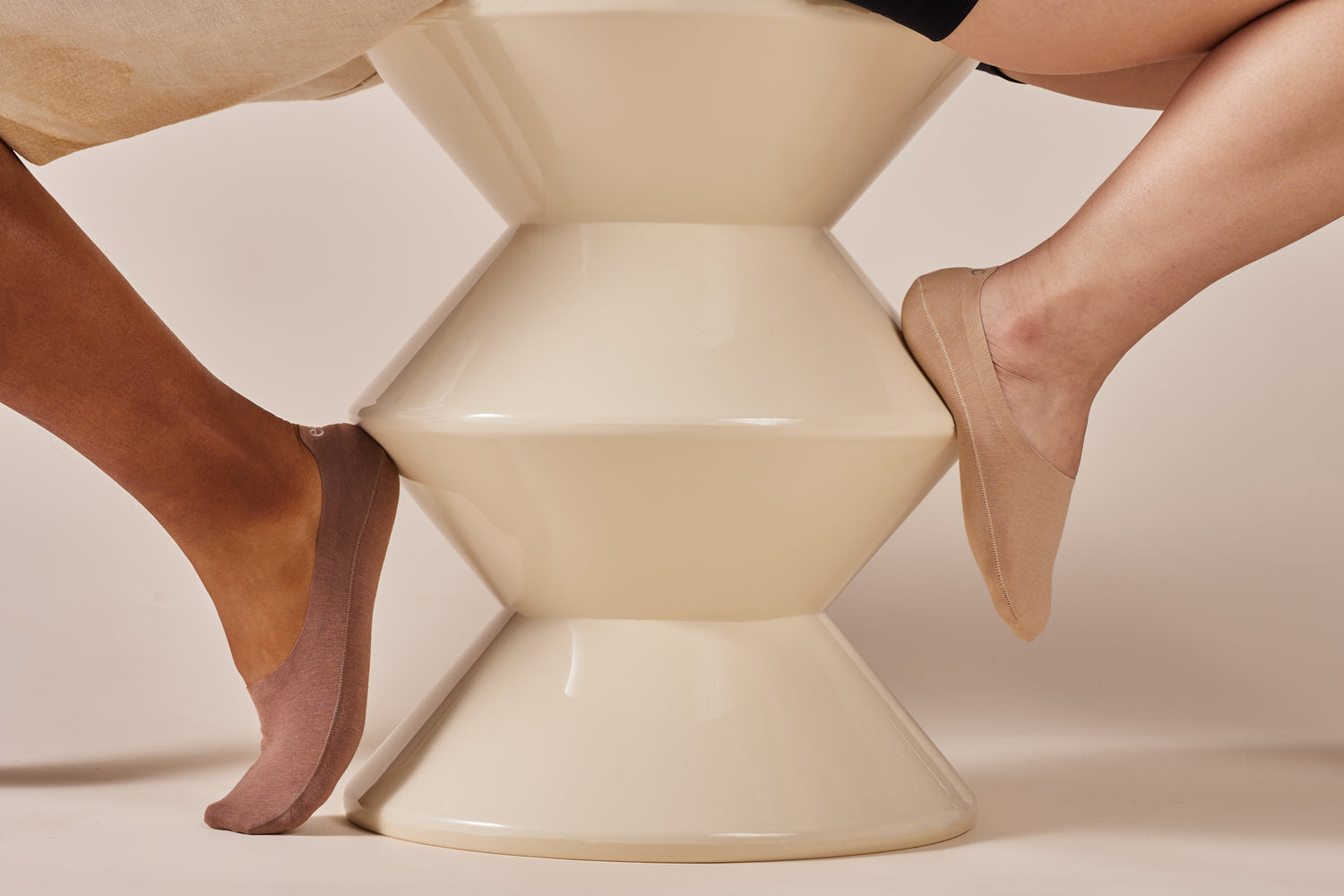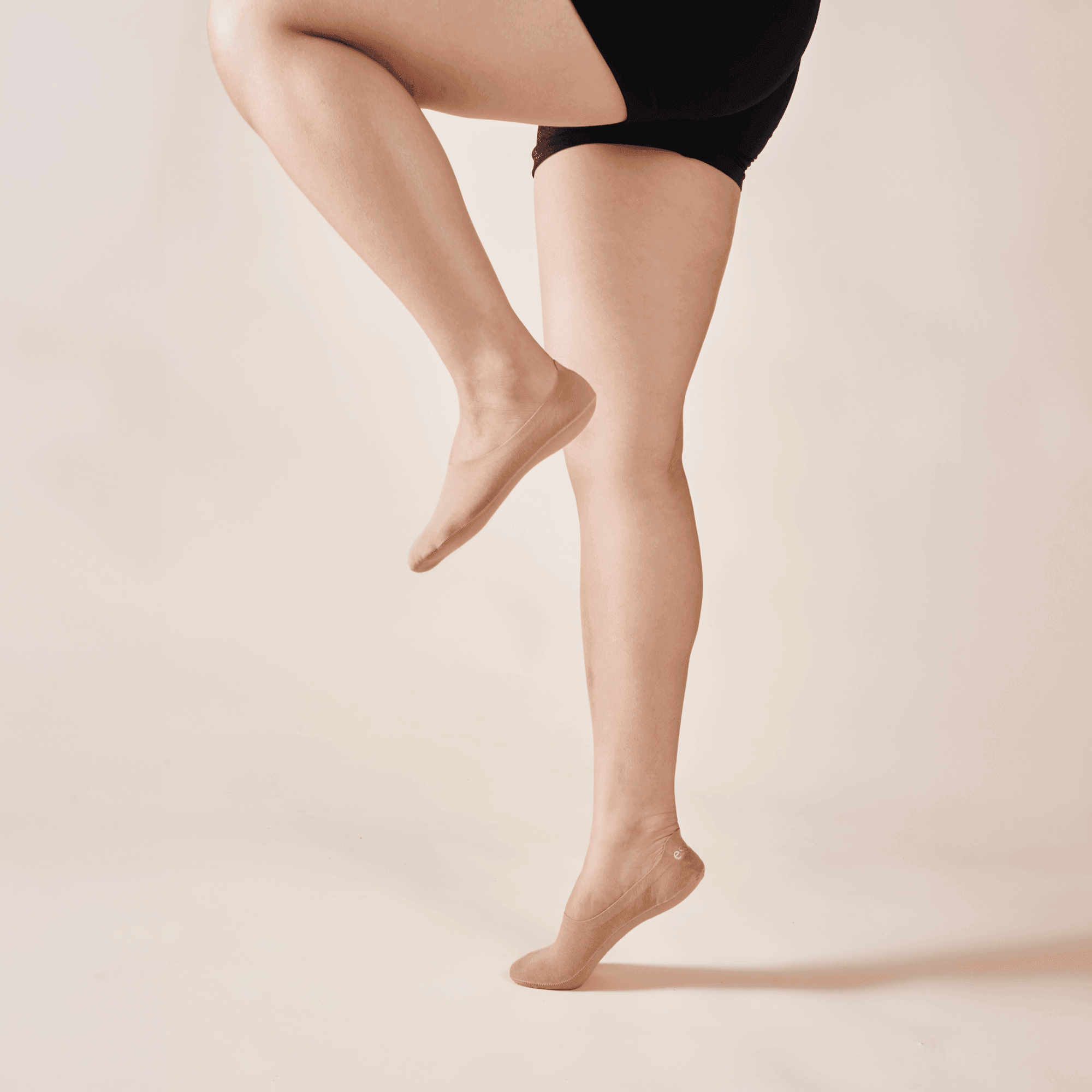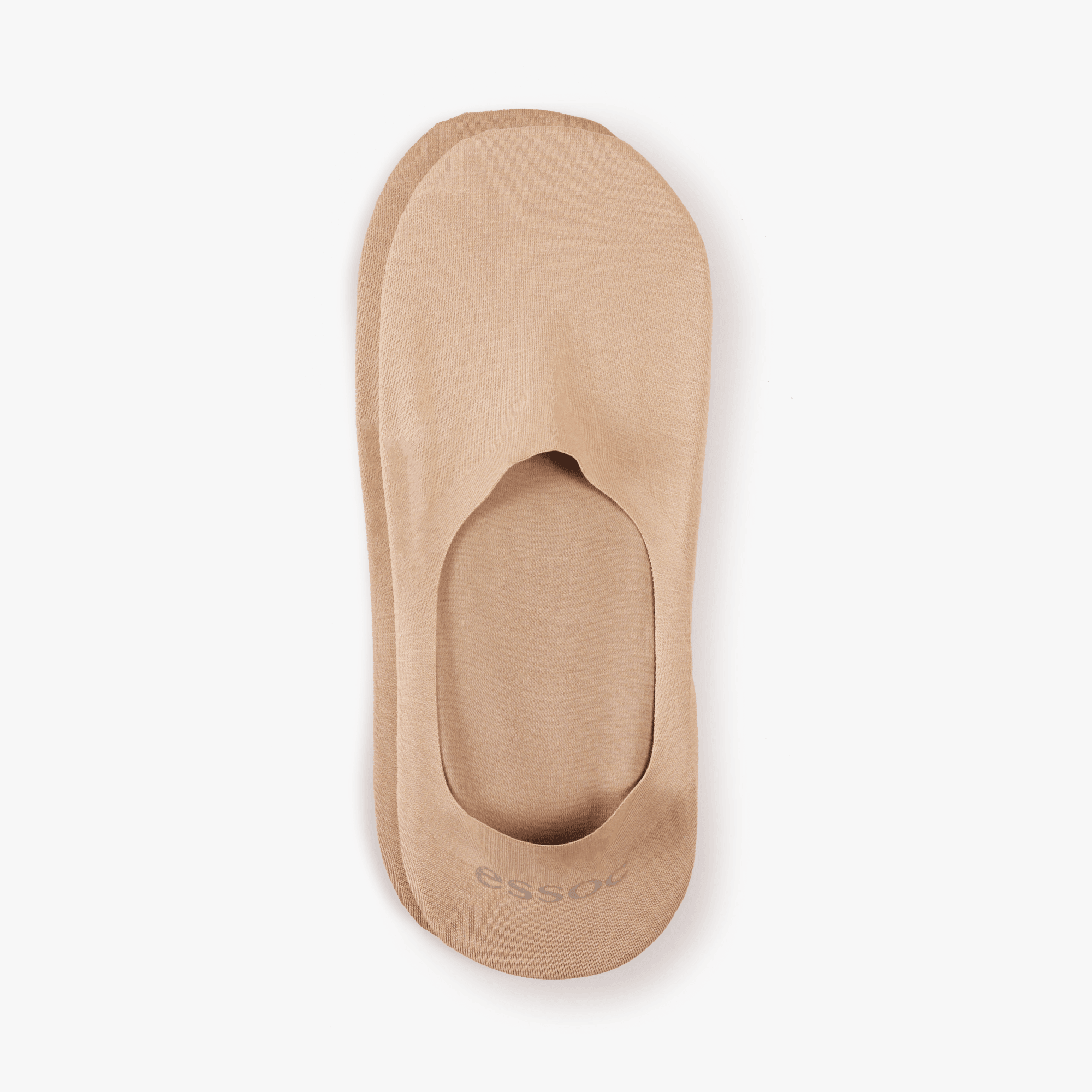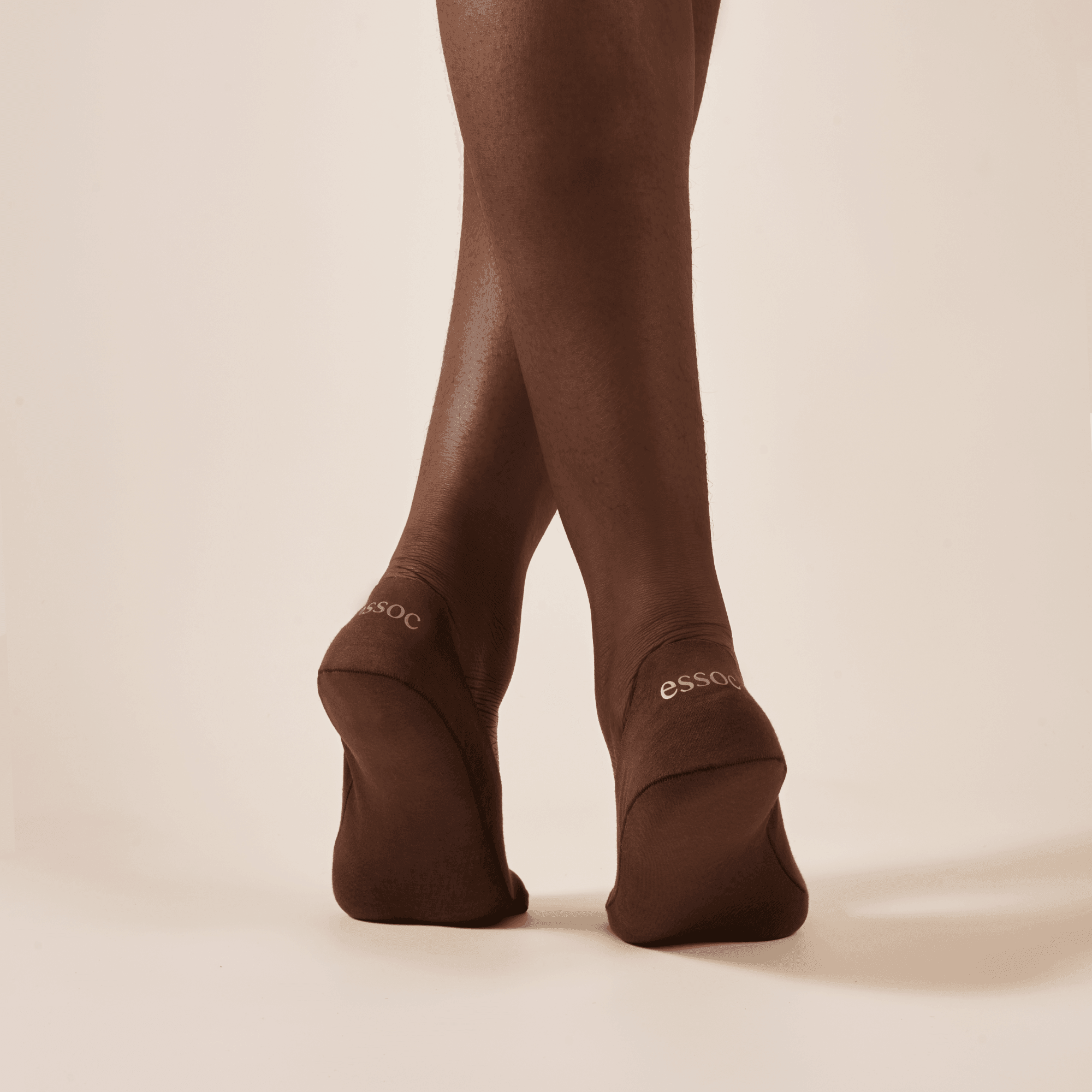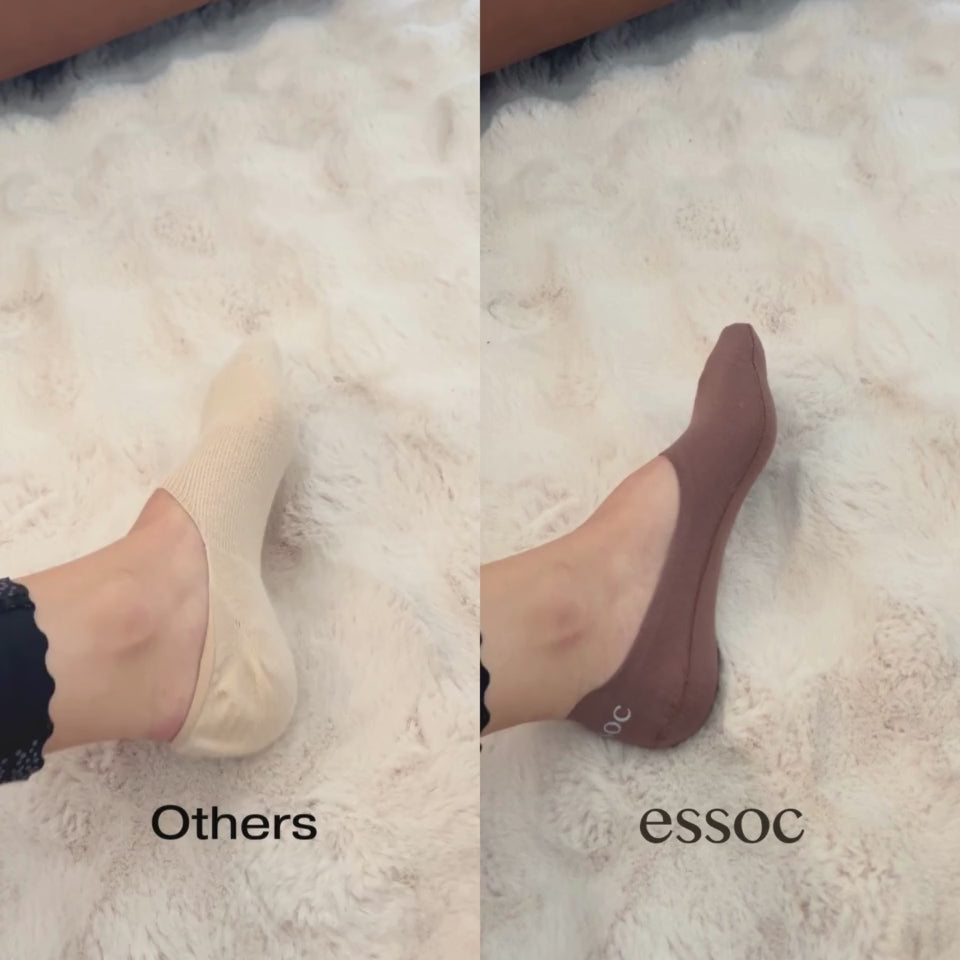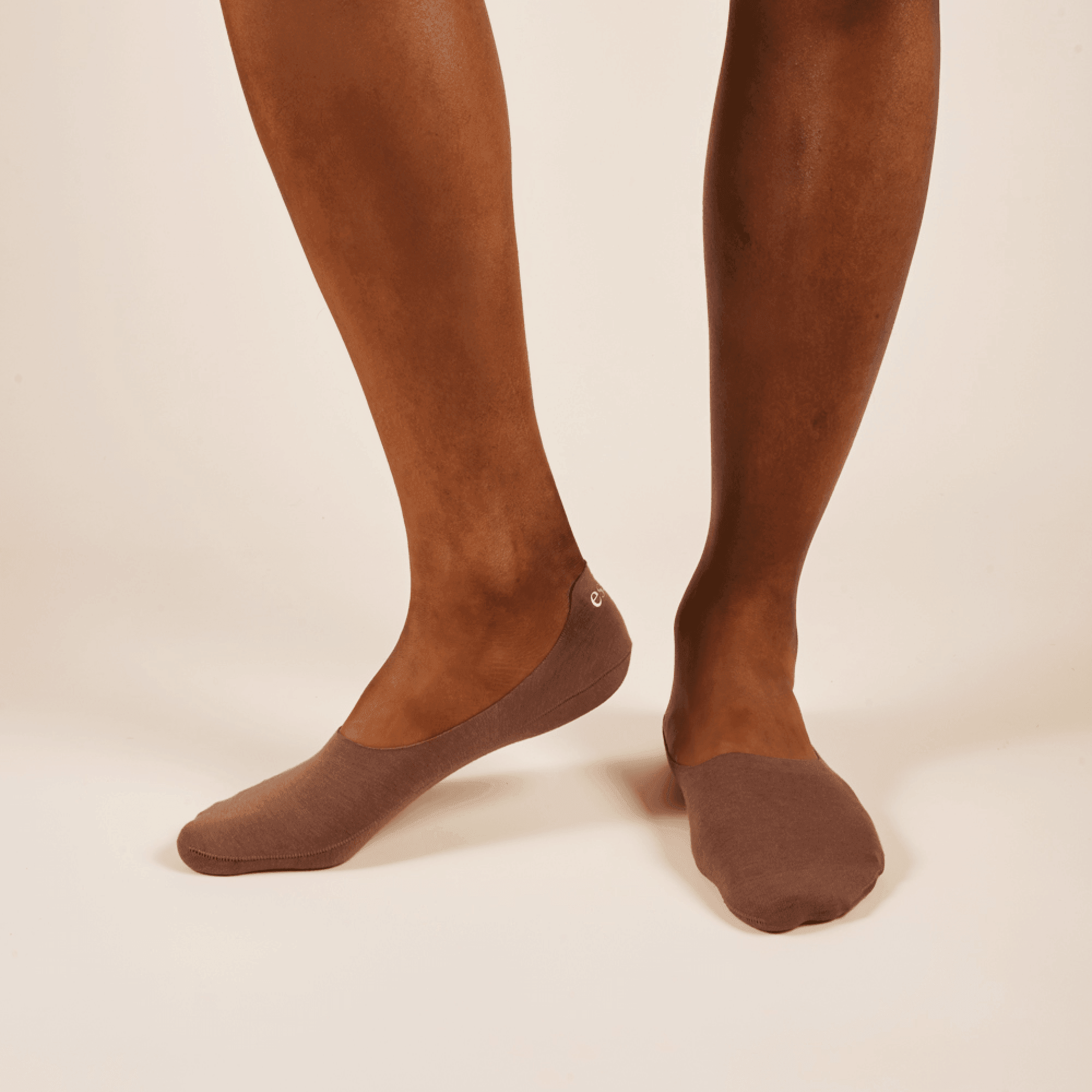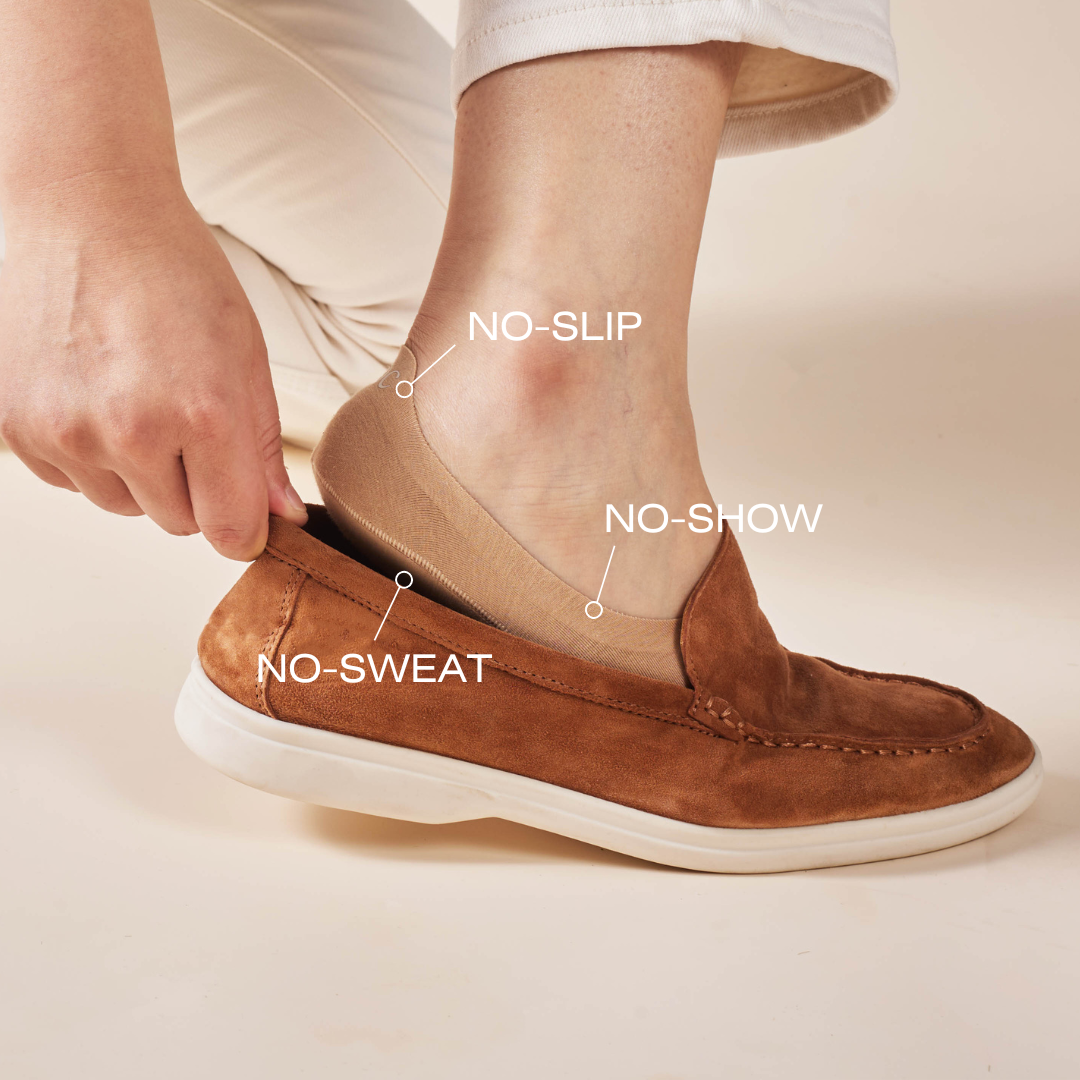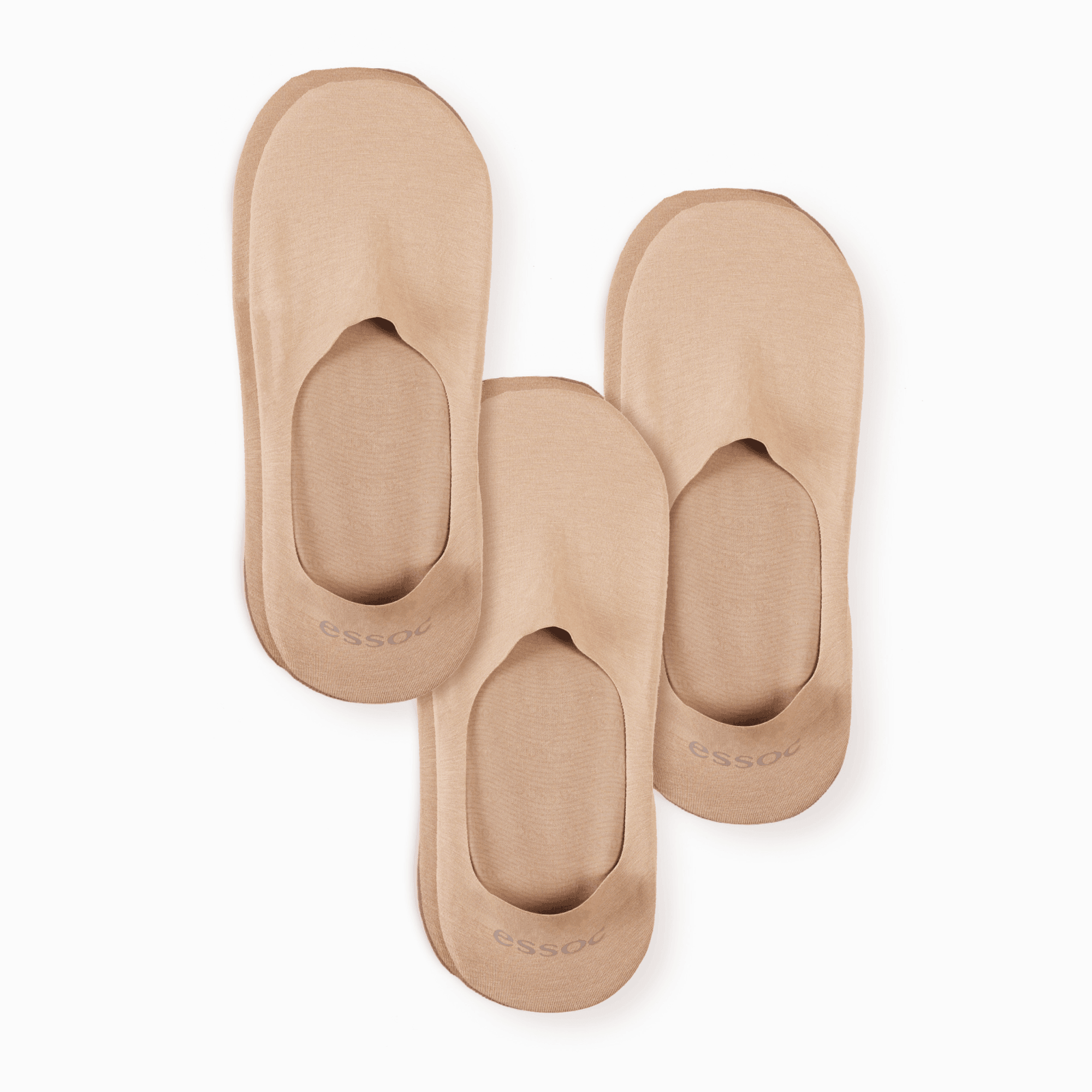Ever struggled with socks that slip, bunch up or peek out from under your shoes? Learning how to choose no show socks ensures invisible comfort, prevents blisters and controls moisture without sacrificing style. In this guide, you’ll discover how to dial in the perfect fit—from accurate sizing to silicone heel grips—compare fabrics like cotton, merino wool, bamboo and synthetics for breathability and odor control, and explore essential features such as anti-slip technology, arch support and seamless toes. You’ll also see how to match no show socks to loafers, sneakers, flats and dress shoes, follow best practices for washing and replacement, solve common problems like bunching and odor, and understand why these socks are a staple for active, urban wardrobes.
Finding the Perfect Fit for No Show Socks
Perfect fit means no slipping, bunching or digging into your foot, and it starts with accurate sizing, targeted heel grips, cut style and built-in support. Finding a snug yet comfortable no show sock prevents friction injuries and keeps your feet secure through every step.
Why Does Sizing Matter for No Show Socks?
Sizing matters because a sock that matches your shoe size stays in place and eliminates hotspots. Ill-fitting no show socks often slide down or bunch, causing discomfort and distraction. Measure your foot length and consult a reliable chart to select the correct size rather than assuming one-size-fits-all. Precise sizing creates a foundation for features like arch support to perform effectively and prepares you to explore heel-grip enhancements.
The Importance of Proper Sock Sizing
Choosing the right sock size is crucial for comfort and performance, as ill-fitting socks can lead to issues like bunching and blisters. Accurate sizing ensures that features like arch support function effectively, and helps prevent friction injuries, keeping feet secure with every step.
Silicone Heel Grips Keep Socks in Place
Silicone heel grips prevent slipping by adhering to your shoe’s interior, creating friction that locks the sock in place. This gel-based strip on the heel edge eliminates sock migration without adding bulk or irritation. When combined with proper sizing, heel grips ensure your no show socks stay invisible and secure, paving the way to compare different cut styles.
Sock Cuts Determine Coverage and Invisibility
No show sock cuts determine how much of your foot remains covered and how invisible they appear with various shoes.
|
Cut Style |
Coverage |
Ideal Use |
|---|---|---|
|
Ultra-Low |
Just above the toes |
Ballet flats, heels and loafers |
|
Low-Cut |
Hides under shoe rim |
Sneakers, casual slip-ons |
|
Mid-Cut |
Touches ankle bone |
Higher-vamp sneakers and boots |
Each cut style balances invisibility with secure fit, letting you choose the right height for your footwear and lifestyle. With cut preferences clear, you can evaluate additional support features.
How Does Arch Support and Cushioning Improve Comfort?
Built-in arch support and targeted cushioning enhance foot stability and reduce fatigue by distributing pressure evenly. Arch support prevents mid-foot rollover, while cushioning under the ball and heel dampens impact. Together, these features maintain barefoot-like feel beneath your foot, and they work best when paired with proper sizing and heel grips.
What Are the Best Fabrics for No Show Socks and Their Benefits?
Choosing the right material blends breathability, stretch and odor control to match your daily activities. The fabric you pick directly influences moisture management, durability and overall comfort.
Cotton Blends Add Softness and Everyday Comfort
Cotton blends combine natural softness and moisture absorption with synthetic stretch and durability. Breathable cotton fibers wick light perspiration, while spandex or nylon reinforces shape retention. This mix supports everyday wear and provides a soft barrier against friction, moving the focus to advanced fibers like merino wool.
Merino Wool Wicks Moisture and Controls Odor
Merino wool naturally regulates temperature and wicks moisture away from the skin, preventing sweat buildup and odor. Its fine fibers trap odor molecules and resist bacterial growth, keeping feet fresh during long wear. Merino’s elasticity and temperature-buffering properties make it an ideal performance material before exploring eco-friendly bamboo.
Benefits of Merino Wool in Socks
Merino wool is a great material for socks because it naturally regulates temperature and wicks moisture away from the skin, preventing sweat buildup and odor. Its fine fibers trap odor molecules and resist bacterial growth, keeping feet fresh during long wear.
Bamboo Fibers Offer Softness and Eco-Friendly Appeal
Bamboo fibers offer luxurious softness and inherent antibacterial qualities that combat odor. Moisture-wicking bamboo keeps feet dry, while its eco-friendly cultivation appeals to sustainable wardrobes. Bamboo’s natural breathability and anti-odor performance set the stage for synthetic blends designed for high-intensity workouts.
What Do Synthetic Blends Offer in Durability and Stretch?
Synthetic blends of polyester, nylon and spandex deliver quick-drying performance, resilient stretch and colorfast durability. These materials resist abrasion, retain shape through frequent washing and enhance moisture evaporation during intense activity. When you need rapid drying and robust fit, synthetic blends outperform natural fibers and guide you toward choosing fabrics by activity.
How to Select the Right Fabric Based on Your Activity and Needs?
- For everyday office or casual wear, use cotton blends for balanced comfort and durability.
- For outdoor or athletic pursuits, choose merino wool or synthetic blends for temperature control and moisture management.
- For sustainable style, opt for bamboo fibers to combine softness with anti-odor functionality.
With proper fabric in hand, you’ll want to explore functional features that elevate performance.
Which Features Make No Show Socks Functional and Comfortable?
Quality no show socks integrate specialized features that secure fit, manage moisture, prevent odor and cushion sensitive areas. These design elements work in concert to deliver all-day comfort.
Anti-Slip Technology Goes Beyond Silicone Strips
Advanced anti-slip designs use graduated compression, textured sole grips and raised ribbing in addition to silicone strips. Graduated compression zones cradle your arch, while micro-patterns on the sock underside grip shoe insoles. This multi-layered approach prevents slipping during dynamic movements and leads into moisture management strategies.
Moisture Management Keeps Feet Dry
Moisture management keeps feet dry, reduces blister risk and maintains hygiene by moving sweat away from the skin. Fabrics with moisture-wicking channels or hydrophobic yarns transport moisture to the outer layer, where it evaporates quickly. Consistent dryness enhances the longevity of arch support and cushioning features.
Odor Control Preserves Freshness and Hygiene
Odor control in no show socks relies on antimicrobial yarns, silver-infused fibers or natural agents like bamboo charcoal. These elements inhibit bacterial growth at the source, neutralizing foot odor and maintaining freshness. Odor prevention supports the health of your shoes and sets the foundation for blister protection.
Blister Protection Prevents Friction Injuries
Blister protection combines strategic padding and friction-reducing linings to shield vulnerable zones such as heel counters and toe seams. Cushioned panels absorb shear forces, while smooth inner linings minimize skin abrasion. Effective blister defense ensures your feet stay healthy and comfortable before highlighting seamless toe construction.
Seamless Toe Construction Enhances Comfort
Seamless toe designs remove bulky seams at the toe box, eliminating pressure points and irritation. A clean, flat finish across the forefoot prevents chafing during extended wear. Seamless toes complement other features to create an overall friction-free environment.
How Do I Choose No Show Socks for Different Types of Footwear?
Selecting no show socks for each shoe style maintains invisibility while optimizing comfort and performance.
What Are the Best No Show Socks for Loafers and Boat Shoes?
For loafers and boat shoes, ultra-low socks with strong silicone heel grips and a slender profile deliver a true sockless look. A light cushion under the forefoot prevents rubbing against narrow toe boxes. These styles combine invisibility with secure hold and transition smoothly to casual sneakers.
Which No Show Socks Work Best with Sneakers and Casual Shoes?
Sneaker-friendly no show socks feature mid-cut coverage, targeted arch support and moisture-wicking fabrics. This combination stabilizes the foot during walking or workouts while remaining hidden beneath the shoe’s collar. Opt for synthetic or merino blends to manage sweat on longer runs.
How to Select Ultra-Low No Show Socks for Ballet Flats and Heels?
Ultra-low designs for flats and heels must sit completely below the vamp, often with extra-thin fabrics and reinforced heel grips. A lightweight, breathable construction ensures comfort in tight-fitting footwear. The minimal profile makes these socks invisible and discreet under delicate styles.
What No Show Socks Are Ideal for Dress Shoes and Oxfords?
Dress shoe socks with moderate cushion, arch support and refined heel grips protect leather interiors while maintaining a polished look. Choose cotton or merino blends for softness and moisture control, and ensure the cut sits just below the ankle bone to remain hidden under trousers.
How Can I Care for No Show Socks to Maximize Their Lifespan?
Proper washing and replacement extend the life of no show socks and preserve functional features like elasticity and grip.
What Are the Best Washing and Drying Practices for No Show Socks?
Always wash no show socks inside a mesh bag on a gentle cycle with mild detergent to protect fibers and silicone strips. Avoid bleach and fabric softeners, and air-dry flat to maintain elasticity and prevent shrinkage. These steps preserve arch support bands and prevent premature wear before assessing replacement timing.
When Should I Replace My No Show Socks?
Replace no show socks when you notice lost elasticity, persistent slipping, worn-through fabric or thinning heel grips. Visible thinning in high-stress areas and reduced compression around the arch indicate performance decline. Timely replacement restores reliable fit and comfort.
What Common Problems Do No Show Socks Solve and How?
No show socks address slipping, bunching, sweaty feet, odor and blister formation through targeted materials and design features.
How Can I Prevent No Show Socks from Bunching Up or Slipping?
Use accurately sized socks with integrated heel grips, graduated compression and textured sole patterns. Choosing the right cut height for your shoe and pairing it with anti-slip technology locks the sock in place, eliminating bunching and movement.
How Do No Show Socks Help with Sweaty Feet and Odor Issues?
Moisture-wicking fibers and antimicrobial yarns draw sweat away from the skin and neutralize odor at the source. Merino wool and bamboo blends excel at regulating temperature and preventing bacterial growth, making them ideal for hot, humid conditions.
What Features Reduce Blisters and Foot Discomfort?
Strategic padding in heel and toe zones, seamless toe construction and friction-resistant linings minimize shear forces that cause blisters. Arch support also reduces foot rollover, further protecting vulnerable skin areas from repeated rubbing.
Why Are No Show Socks a Stylish and Practical Choice for Urban Lifestyles?
No show socks blend invisibility with performance to meet the demands of city life, from commuting to after-work social events.
How Do No Show Socks Support the Sockless Look Trend?
By combining ultra-low cuts, thin profile fabrics and secure heel grips, no show socks maintain a sockless silhouette while preventing direct shoe-skin contact. This design satisfies fashion trends without sacrificing foot health.
What Makes No Show Socks Suitable for Active and Stylish Individuals?
Features like moisture management, arch support and seamless toes deliver all-day comfort in urban environments. Breathable fabrics and versatile cut styles transition effortlessly from office to gym, supporting both performance and style.
How Do Sustainable Materials Influence No Show Sock Choices?
Eco-friendly fibers such as bamboo and responsibly sourced merino wool reduce environmental impact while offering superior moisture-wicking and odor control. Choosing sustainable options aligns your wardrobe with ethical fashion and long-term durability.
Incorporating these tips ensures you select no show socks that fit perfectly, perform exceptionally and disappear under any shoe. Explore the curated collection at essoc.shop to find your next pair of invisible, high-performance no show socks.


